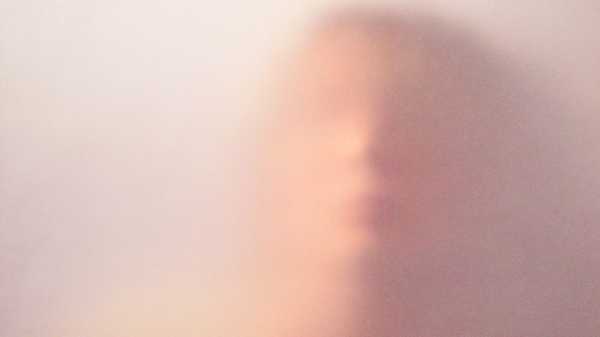
Save this storySave this storySave this storySave this story
Since adolescence, the French screenwriter and director Sébastien Lifshitz has been collecting amateur snapshots discovered at flea markets. He is seduced not by evidence of lost time or vanished souls but by the “fascinating strangeness” of failed images. Seventeen of Lifshitz’s finds are featured in “Blur: A Photographic History,” an exhibition currently at Photo Elysée in Lausanne, Switzerland. There is a trio of harshly sunlit city streets: each time, a blurred figure smudges the scene. A black-and-white picture shows three men in modest swimming costumes, clutching ropes and overhead rings; the man in the middle has swung backward, out of focus. Two women (they are probably women) stand on a rocky outcrop—dissolving, veiled, hardly there at all.
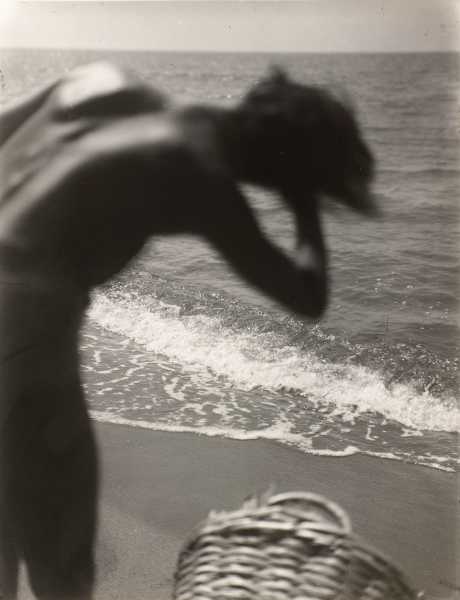
“Composition (personnage et panier sur une plage),” 1930-1935. Photograph by Florence Henri courtesy Centre Pompidou and Photo Elysée
Why did the people who took these botched, hazy pictures not throw them away? Perhaps they saw enough of what they were hoping to see: their loved ones, a perfect summer, an exotic trip never to be repeated. Maybe they stared at blurred faces and bodies and willed them to resolve or clarify. Or did the blunders in these images seem inadvertently artistic? Elsewhere in the exhibition—and an extensive accompanying catalogue with an introduction by the show’s curator, Pauline Martin—there is Robert Frank’s “Movie Premiere, Hollywood” (1955): a blond starlet in the foreground, wearing diamond earrings and a necklace, looks soft and indistinct; only the crowd gathered behind her is in precise focus. In William Klein’s “Pachinko Doorman, Tokyo” (1961), a detailed interior is seen crisply in the background, but the doorman in question is so close to the camera that we see only his smudged grin. Two decades later, Klein spoke of his “technique of no taboos: blur, grain, contrast, cock-eyed framing, accidents, whatever happens.” In photography, blur is the beginner’s mistake that might also be a form of creative intention.
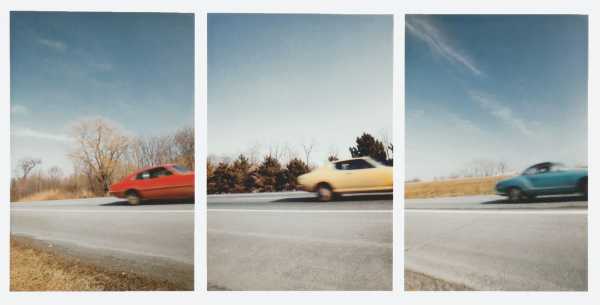
“Untitled,” 1975. Photograph by Jan Groover courtesy Photo Elysée
As Pauline Martin points out, attitudes toward pictorial indefinition have varied over centuries. Speaking from Lausanne this March, Martin noted that the French term “flou” doesn’t translate exactly as “blur.” It is closer to “vagueness” or “woolliness”; in its adjectival form, one might refer to a concept or a piece of legislation as flou. But the word applied first to painting, and described in the eighteenth century a technique for disguising or effacing brushstrokes with smaller, more delicate brushstrokes—blur employed in the name of realism or exactitude. This contradiction returns in the history of photography and its critics. Charles Baudelaire, when being photographed by the great Nadar, requested that his portrait look out of focus, writing, “Only in Paris do people know how to do what I want, that is to say, an exact portrait, but with the blur of a drawing.”
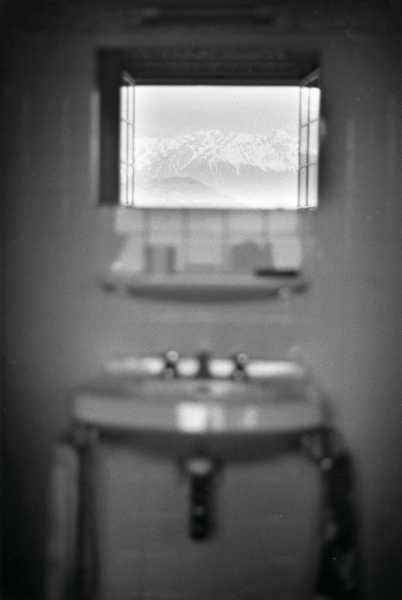
“Les Alpes,” 1970.Photograph by Bernard Plossu courtesy Photo Elysée
A blurred analog photograph may be the result of the subject or camera moving, an error or intervention in printing, or a lack of focus at the moment the picture was taken, whether accidental or deliberate. All of the above are present in the work of Julia Margaret Cameron, the Victorian pioneer lauded and mocked for the fogginess of her photographs. Charles Darwin and Alfred, Lord Tennyson loom out of the murk; the artist’s friends and servants are dragooned as dreamy allegories and mythic beauties. Cameron considered a portrait from 1864 to be her “first perfect success.” In it, the only part of Annie Philpot, an eight-year-old orphan, that’s accurately in focus is a button on her thick wool coat. The rest of her trembles: she might have moved during the seven-second exposure, and what look like tears staining her cheeks are more likely the results of Cameron’s poor handling of photographic chemicals. The following year, a critic wrote, “We must give this lady credit for daring originality, but at the expense of all other photographic qualities.”
Cameron is an example of a tendency toward blur that distinguishes British (and later movements in American) photography from the hard clarity favored in France. It was partly a matter of competing processes: the paper-based calotype produced hazier images than the daguerreotype. But as photographic techniques improved, certain practitioners adhered to a softness that seemed better to mimic how the eye saw. The result was Pictorialism: a movement that went beyond even Cameron’s picturesque dimness to produce images of striking obscurity and mood, such as George Davison’s “The Onion Field, Mersea Island, Essex” (1890). You can see the influence of such work on Alfred Stieglitz, whose “Portrait–S. R.” (1904) is all haze, absent even a selective focus. George Bernard Shaw dismissed images like these as “fuzzographs,” products of a contemporary habit of overlaying reality with an aesthetic screen or filter.
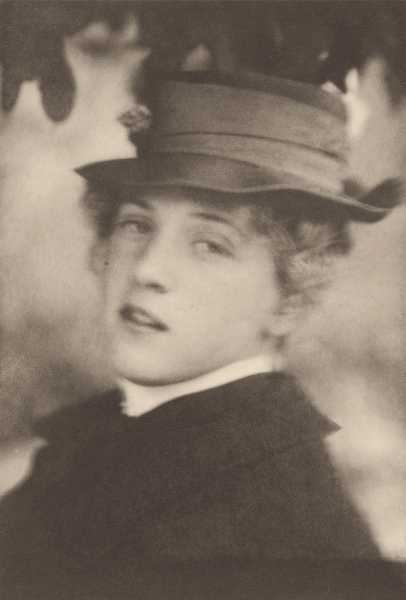
“Miss S. R.,” 1904, from “Camera Work.” Photograph by Alfred Stieglitz courtesy Photo Elysée
The blur of Pictorialism can feel static, as if it’s we who are wavering, rather than the face, figure, or landscape before us. But the world was in motion, and photographers were eager to capture the onrush of modernity. The exhibition includes images of the dancer and choreographer Loie Fuller, arrayed in a phosphorescent dress, performing a coruscating tribute to radium. Fuller’s embodiment of inhuman energy makes her look like one of Alvin Langdon Coburn’s Vortographs: blurred abstractions that seem to judder before our eyes. In 1913, the young Jacques Henri Lartigue photographed speeding race cars and was dismayed by the blurry results; he only thought to display his now famous pictures in 1954. In the intervening years, the modern eye had been trained to think of movement blur as the very image of now: D Day landing photographs by Robert Capa, mid-century fashion spreads in which the model stands still but the world whirls around her, the ghosts of traffic on city streets in the work of Otto Steinert.
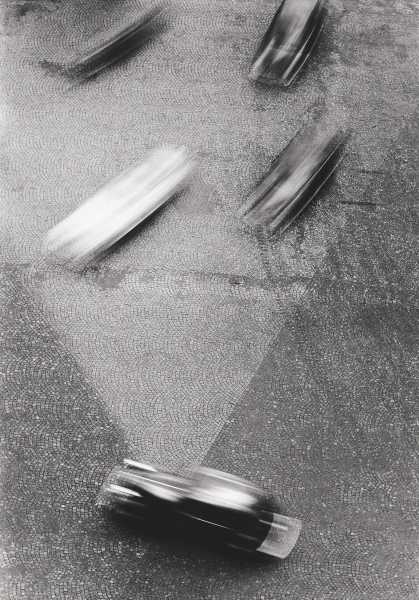
“Blick vom Arc de Triomphe,” 1951.Photograph by Otto Steinert courtesy Museum Folkwang, Essen and Photo Elysée
There are still artists for whom the purity of optical blur—a tiny depth of field with a single detail picked out, or total lack of focus across the composition—says something important about the limits of perception, or usefully frustrates a viewer’s expectations. The delicate domestic studies of Rinko Kawauchi, the out-of-reach architecture and interiors of Hiroshi Sugimoto, jewel-colored mirages by Uta Barth, Catherine Leutenegger, and Bill Armstrong—all of these owe something to the long history of deliberate blur, but also, perhaps, to the kind of maddening error we all used to make when we forgot to focus, or snapped away too close to our subject.
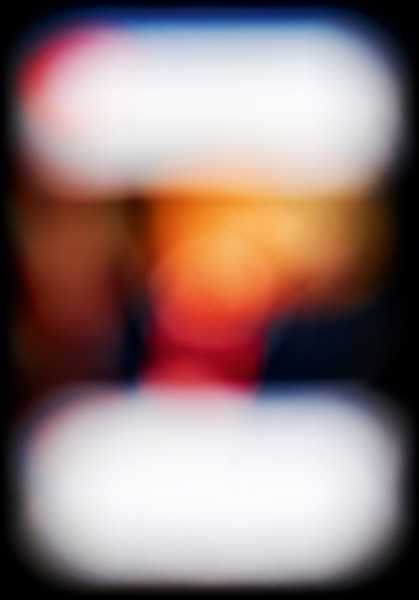
“Apocalyptic Post Fire & Fury,” 2022.Photograph by Catherine Leutenegger courtesy Photo Elysée
Contemporary smartphones make selective focus easy, and you can always force your iPhone to take an entirely blurred picture. But having done it once out of curiosity, you may never bother again. Among analog and digital enthusiasts alike, a smoothly out-of-focus background can still be desirable—sometimes described as bokeh, the Japanese term for blur. But where is photographic blur today in the flux of social media? It’s surely in the very idea of a filter, which is both actually and metaphorically how we negotiate now with the images around us, including the ones we make ourselves, and of ourselves. We’re like eighteenth-century painters using the little brush to elide the strokes of the larger brush, smoothing ourselves out until there’s nothing left but an alluring mist. ♦
Sourse: newyorker.com






